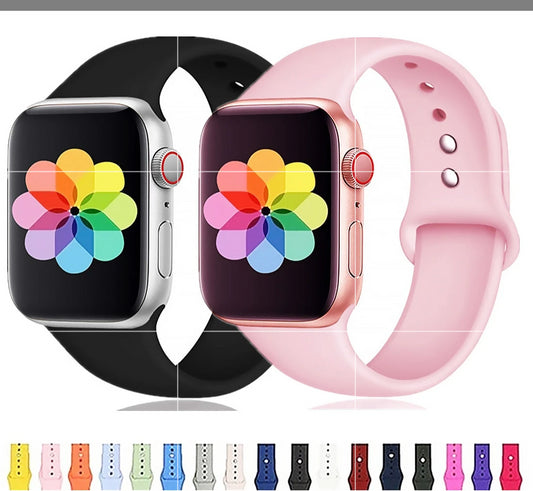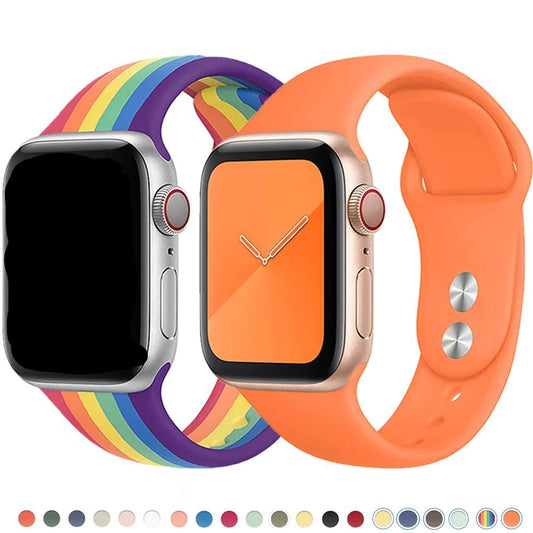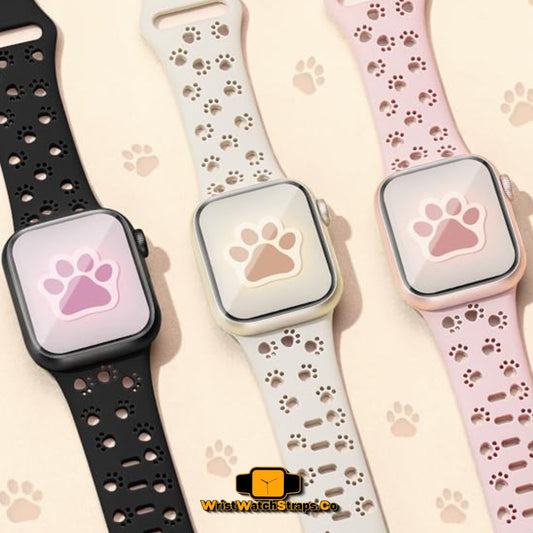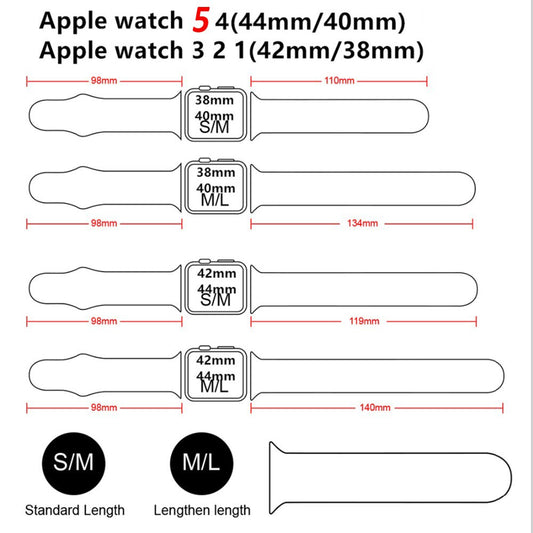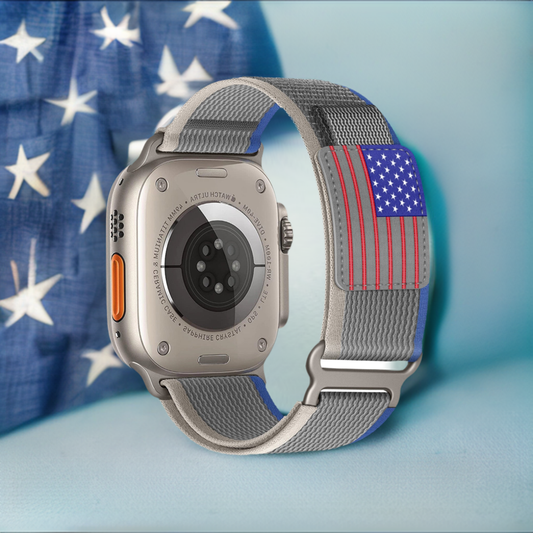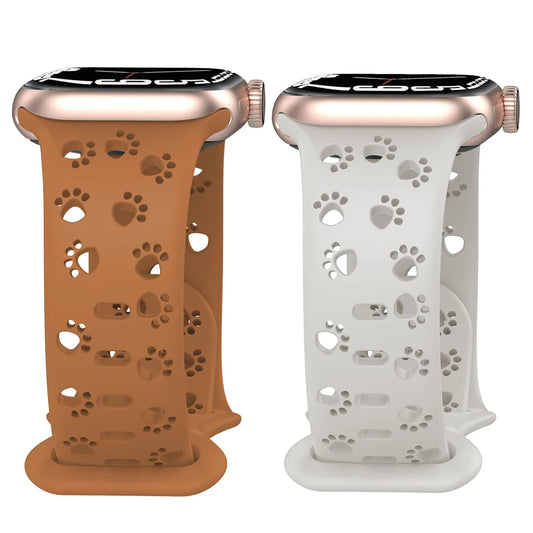Apple's Airplay is a game-changer. The next wave of connectivity, it's changing the way we use our technology and think about what connectivity means. More than just sending data to your TV or speakers, Apple's Airplay lets you share information between all of your Apple devices seamlessly. It can be used with iOS devices, Macs, PCs and even Android!
AirPlay is a wireless technology that lets you stream content from your phone, tablet etc. to multiple speakers around the house and even turn them into an interactive Karaoke machine! You can connect any HomePod or other device made by Apple (or third-party) together as well so everyone in the family has access at once - making karaoke fun for all ages too!

AirPlay is an Apple service that allows users to share videos, photos and music across various platforms. Supported devices include the newest generation of Apple TV as well as third party speakers like Sonos or Bose SoundTouch system for your home cinema needs!
AirPlay Features
Apple designed AirPlay to be as simple and intuitive for users as possible. The icon, which can be found on every source device in the form of media playback controls or within apps like YouTube and Netflix offers up a menu with options such as choosing from nearby devices that are compatible with it; once you make your choice all videos beginning playing almost instantly!
AirPlay 2
Airplay 2 is a game-changing technology that Apple announced and released in 2018. The new features include HomePod stereo pairing, multi room listening capabilities with improved buffer times for audio files stored on devices within the house or when streaming from outside sources like cellular internet providers' networks onto smart TVs. It can also be used between two Airpods through bluetooth so you don't have to rely exclusively on your phone anymore.
Compatible devices include any iPhone, iPod touch or iPad capable of running iOS 11.4 or later. Destination devices are the Apple TV (fourth generation and later), HomePod and any macOS computer running High Sierra or later. Many Smart TV manufacturers support the feature as well, including Samsung. LG and Sony both offer their sets with AirPlay 2 built-in so that you can stream your content wirelessly around your home without having anything plugged into an outlet (or getting tangled up by cords). If you prefer something on a more permanent basis there's always Bluetooth or Ethernet connectivity options available too!

AirPlay can automatically play movies and shows in the places a user is most likely to watch them. Over time, this service learns where you prefer your favorite programs so that with one tap on screen it starts playing right away - even if it's not available at home yet!
AirPlay is a revolutionary new technology that allows compatible players to stream music, videos and more from your Apple devices. Users can also use it as an open-source broadcast system for all of their guests in the house without having them fight over wired or wireless networks! An innovative feature about this app? You don't need any special equipment because Airplay works with anything from smartphones up through TV sets - even if you're not on Ethernet cable at home (but please note: some content may be restricted.
Buffering has been improved in later iterations of the service. AirPlay 2 features a relatively short buffering time – about two seconds -from starting a stream until it is played on any device that supports this technology; an improvement from previous versions where users experienced lengthy delays while waiting for their audio to buffer before playing back content wirelessly (or even over Ethernet).
AirPlay 2 provides a way for users to play audio throughout their house in sync with other devices using Airplay. The improved syncing capability over Bluetooth, which can suffer from de-syncs and lag times when playing songs across multiple speakers simultaneously or quickly jumping back into Pitchfork’s “Newsflash!” at just the right moment while watching TV. Users who own more than one device that supports Airplay 2 may now experience seamless playback through all connected speakers without any buffering time because this protocol has an increased ability compared to its predecessor; it also takes less energy per transaction making them eco friendly.
Up Next allows you and your friends in the same space to build collaborative playlists. It also has a feature that anyone can add songs, which is perfect for families who want an easy way of making their own playlist without having someone else do all work! The new AirPlay feature on Siri will allow users to easily start watching their favorite show while they are using other apps or doing something else. It's seamless and easy, requiring no input from the user except for choosing which device should serve as your screen of choice!
Mirroring
AirPlay Mirroring turns your phone into a wireless screen that allows you to beam content from iOS devices such as pictures and videos. This is especially good for showing off photos or movies without requiring everyone in the room be Close up on an iPhone/iPad! iOS 14 allows users to share their videos in a new way. They can use Airplay4K video from iPhone and have it play on Apple TV, or stream Picture-in-Picture mode for all other devices that support tvOS 14's features!

AirPlay to Mac
The Mac is finally catching up to its rival, the PC. With macOS Monterey coming soon and the addition of AirPlay Receiver capabilities for both sending audio/video from one device over Wi-Fi or Bluetooth as well as receiving streaming media from other devices on your network - The Apple Computer has become a true player in home entertainment once again!
The Mac isn't the only one to have superior displays and speakers. Apple has touted their products as being better than others, but they've never really taken advantage of this media sharing technology that lets you send music or videos between devices wirelessly through AirPlay- just pick your mac from there!
AirPlay History
The Apple AirTunes wireless streaming system is the first of many devices to come from this innovative company. It was released in June 2004 with one mission: To make your music available no matter where you are or what kind of gadgetry there might be near by, without having any physical connection between them at all!
In the latter half of 2010, Apple rebranded AirTunes to just "AirPlay" with an update that allowed users stream audio and video. They also added screen mirroring in 2011 which is really cool because it means you can now wirelessly connect your phone or tablet directly onto any TV set!
AirPlay 2 had been planned for a long time and it was announced in June 2017. The new feature would be released alongside the iOS 11 launch, but due to setbacks during development there were some delays which resulted in its delayed release date being August 29th of 2018 rather than September 17 according to Apple's announcement post on their website. First-announced six months ago by Steve Jobs himself at WWDC back when he served as CEO - you could say this all started with AAPL 0s--we're finally getting our hands on Airplay.

The new iOS is more than just a sleek operating system, it also includes support for multi-room audio. Before now there was only one speaker you could stream music too on an iPhone or iPad; the upgraded software lets users send their tunes throughout all rooms of your home! The update also integrated with HomeKit for the first time, allowing Siri to be used as an interlocutor. Third-party apps were able tap into multi-room audio and provide more personalized experiences on top of Apple Music's curated stations (and let users play music in different rooms.
Follow us for more information and updates, wristwatchstraps.

